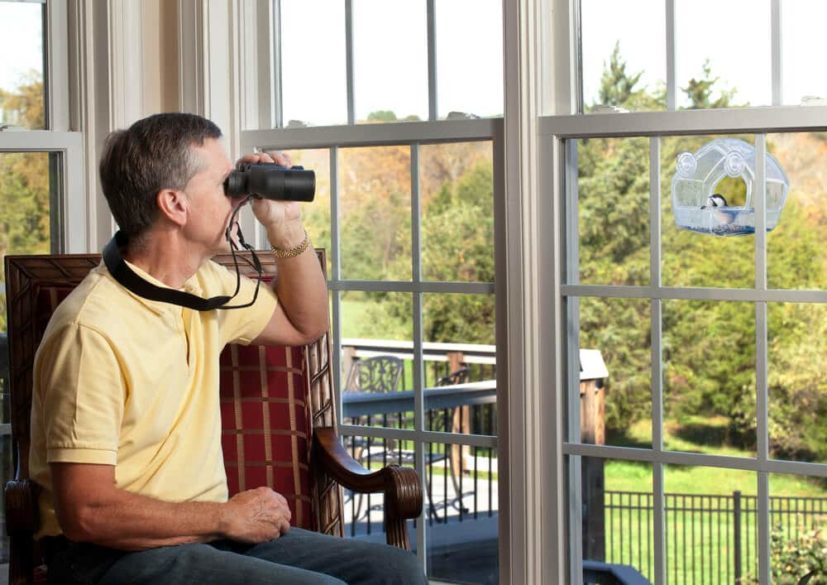by DJ Featherton
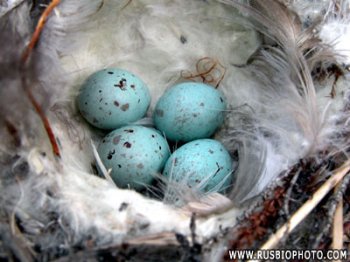
As Springtime comes each year, so do millions of migrating birds. This is a favored time of year for birders. The trees are filled with birds that are all active with territory management, breeding and nest building. Leaves on the trees are still in bud, so those birds that are hard to spot in the summer, can easily be seen in early Spring. Many birds are building new nests, while others are returning to a nest that needs remodeling for the summer. Even birds that stay all year will rebuild their nest. This is the time for backyard birders to attract birds by offering building materials for nesting.
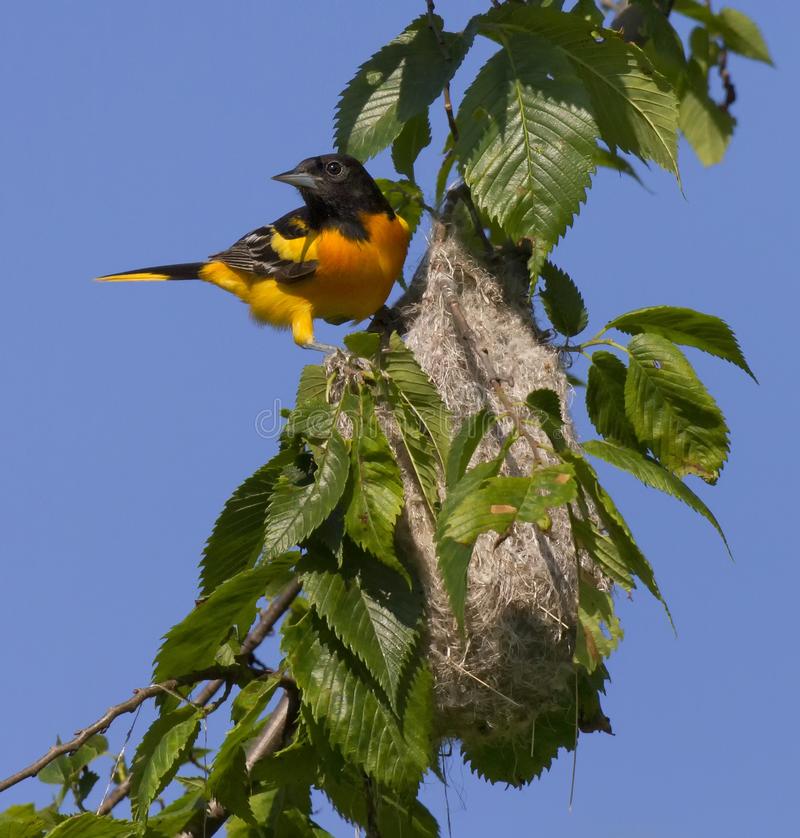
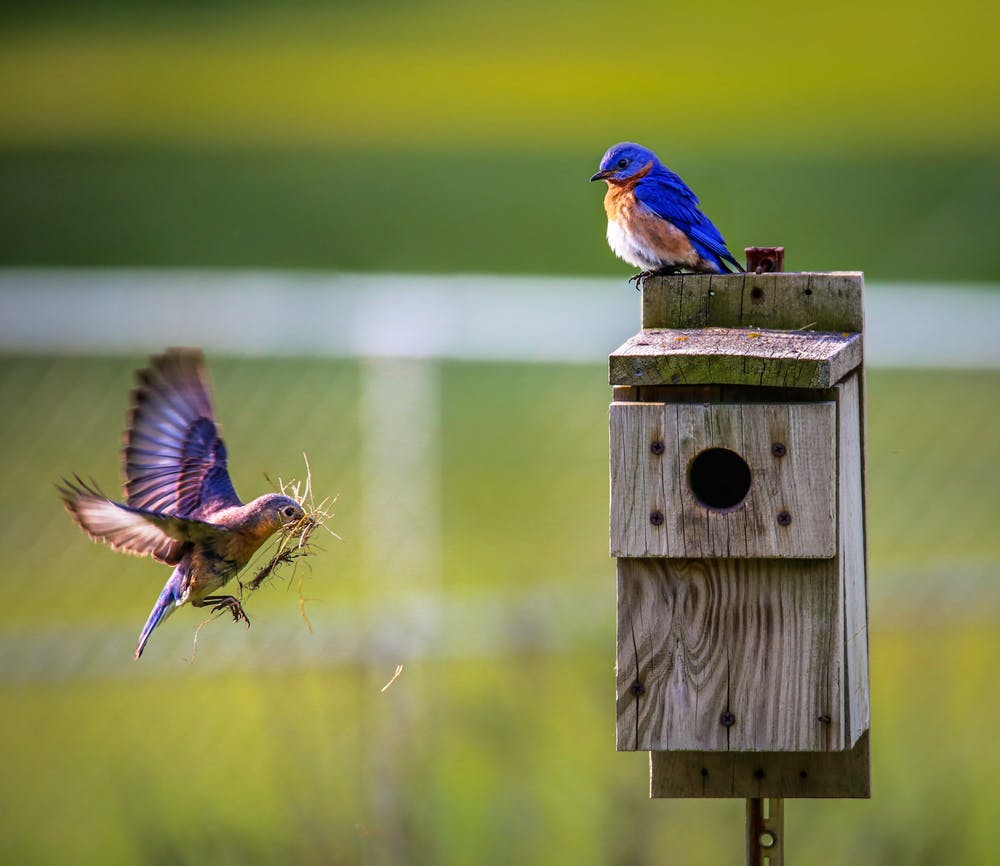
Nest building is a serious business, and each species has its individual design and engineering. Orioles will build an elaborate hanging nest high in the trees while a bluebird will find a hole in the lower part of a dying tree or in a bluebird house. Well-built nests must withstand wind and inclement weather as well as all kinds of nasty predators. Most nests need a soft flooring to protect and help insulate the eggs, and camouflage is needed for peace and privacy.
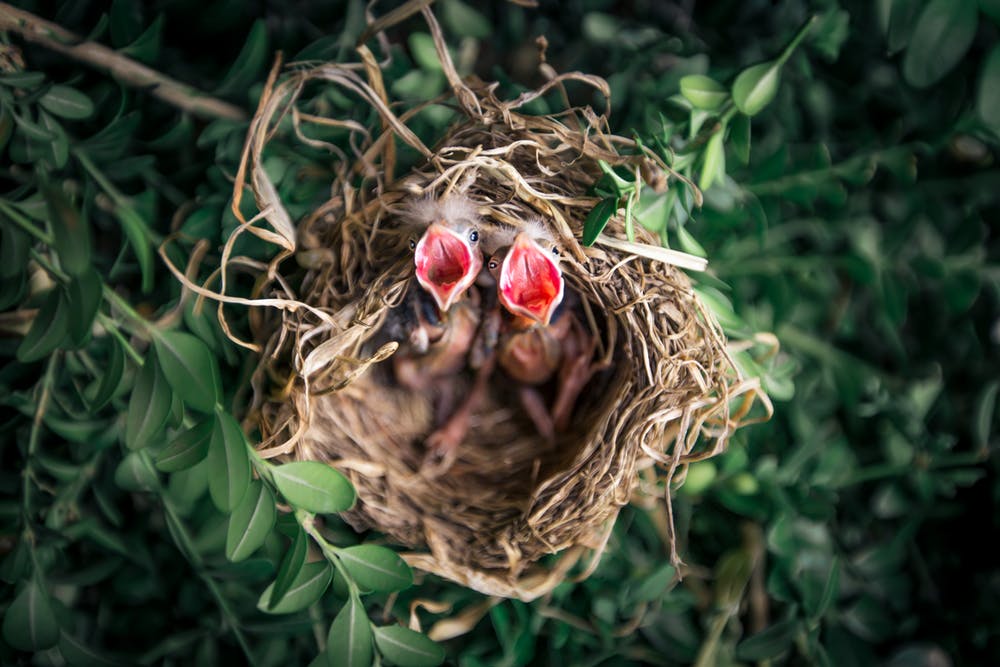
Putting out nesting materials is easy and attracts birds. There are many lists of materials to use, but even the basic nest building materials are well received by most backyard birds. I don’t like long string or yarn for safety reasons. I also try to stay away from mulch and grass clippings that have pesticides and fertilizer poisons left by the lawn care guys. Otherwise, look at this helpful list:
- Cotton balls, wool scraps
- Pine Needles
- Straw or stems of tall grass
- Feathers, fur, hair
- Pebbles or eggshells, broken up
- Dead grass, twigs and sticks
- Dog or cat hair from grooming
There are more nest building materials, most of which the birds will find on their own.
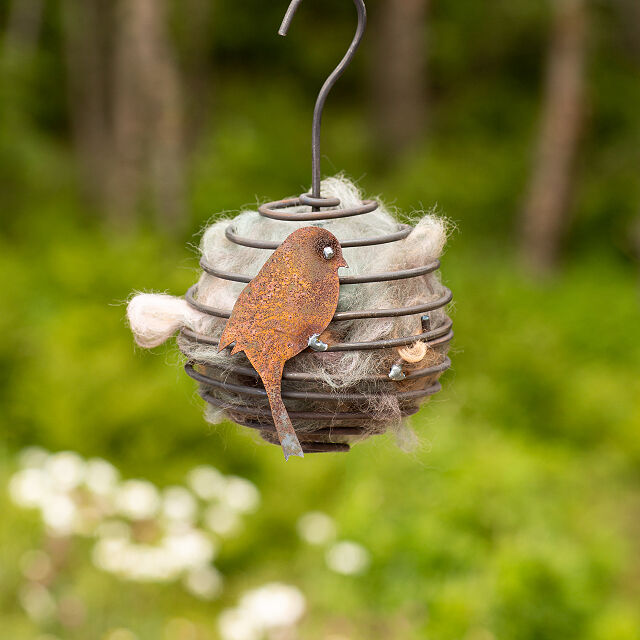
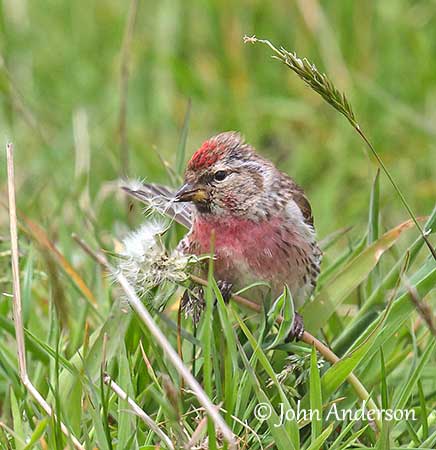
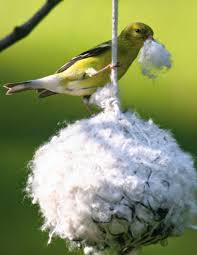
Your nest building offerings are easy to place. Put things on top of bushes or hanging from a branch where it’s easily seen and readily available. Things like “clean” grass clippings and small twigs can be placed on the ground. Lots of straw and other grassy materials can nicely be contained in suet feeders or similar hanging containers made just for nesting materials. Make sure you don’t pack them too tightly. Now sit back and enjoy watching the nest building!
